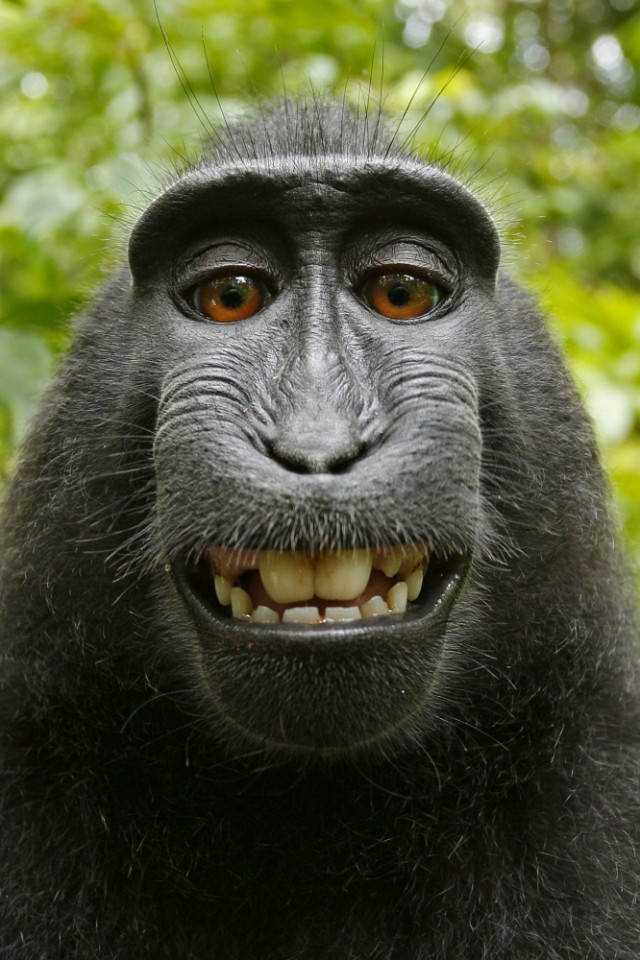In case you
haven’t heard, there has been an increase in injuries in Yellowstone NationalPark this year. Who causes theses injuries? Is it bears? Is it wolves? Is it
mountain lions? Well technically it’s bison but it’s all the tourists’ fault
and let me tell you why.
In a
culture that’s obsessed with taking pictures and showing our presence in
places, a lot of tourists in Yellowstone (and other national parks) have risked
their lives in order to “take a selfie with a bison” or other animals. When you try and get close to a bison or a
deer, you stress them out and they attack you. So why do you want to take
pictures with a wild animal?The word why is screaming in my head. I have a theory as to why. It’s the same
reason why people pay to take pictures with wild animals in zoos and it’s the
same reason people climb dangerous hills to take a picture of themselves with a
stunning view.
We want to
be part of nature and in some cases safe nature.
Safe nature
is what I call Nature that is beautiful and marvelous but won’t harm us for our
stupidity. Take zoos and parks for example. They charge a lot of money for a
chance to take pictures with wolves, tigers, bears etc. These are dangerous
animals and often elusive and having a picture with one shows that you care. It
shows that you are a part of nature and makes you stand out from the norm of
Facebook/Twitter/social media profile pictures.
Through my
experience working with captive wolves, I’ve come to identify two kinds of
people that are interested in them. The first group are the genuine wolf
lovers. They are more interested in the wolf than they actually are about
taking pictures. They will interact with the wolf, observe it and to them just
touching the wolf and being there is a great honor. The second group is the
vanity lovers. These people may love the wolf but love what it represents and
how their love of wolves will appear to the rest of the world. They care less
about the animals and more about being positioned next to them, getting a
picture interacting with them and so forth. The line is very thin.
Unfortunately
vanity lovers aren’t only present in zoos and this is where the main problem
occurs. In zoos, the captive animals are under some sort of control. But in the
wild an animal that attacks humans is very likely to be put down, removed from
the wild and transferred to a zoo or even become so upset that it’s vulnerable
to predation. Several studies have suggested that our presence in national
parks and in the ocean wildlife watching has a significant impact on the
animals as it stresses them out, reduces their physical condition and often
cause miscarriage and alteration in behavior.
But it’s
all worth it for the selfie right? Well no. Not only are they potentially
harming themselves and the animal but are also setting precedent for others to
act on. While one tourist can get away with a selfie or a video interacting
with wildlife, others may not be so lucky. Don’t just consider attacks. Even
small animals like squirrels may be harmful as they may carry diseases that
could be contracted by tourists who interact with them.
So here is
a simple idea, leave the selfies alone. Put your phone down and enjoy nature
for what it is. If you happen to be lucky enough to have a unique encounter
with wildlife, cherish it for what it is and don’t try and take pictures with
yourself in it.
If you want
to take pictures of wildlife make sure you do it from a safe distance,
following protocol set in place(bear spray, particular distance etc) and be
responsible. Wildlife and nature aren’t there for your enjoyment and you should
feel grateful to be in their presence. Otherwise visit a zoo. That’s what they
are there for.

No comments:
Post a Comment